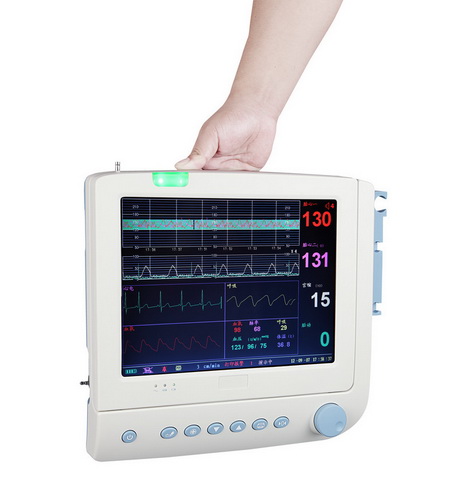A growing number of people are becoming interested in remote patient monitoring (RPM), which is the use of digital technologies to track and capture patients' medical and health data before transmitting it to their health-care providers electronically. Due to the precipitous decline in in-person patient visits that has occurred as a result of COVID-19, which has compelled health-care providers to find alternative methods of monitoring their patients' health status, it is anticipated that the rate of growth will accelerate in 2020.
The market for RPM devices is expected to reach $85 billion by the end of 2026, up from just over $20 billion in 2019. This prediction was made by researchers at ResearchAndMarkets. com in July. This represents an increase of nearly 23% in the annual compound rate of growth over the forecasted growth for the previous year's data.
RPM adoption will be on par with in-patient monitoring system, according to a survey conducted by VivaLNK, a healthcare technology company, in April. Of those who responded, 43% believe it will be on par with in-patient monitoring within five years and 35% believe it will surpass in-patient monitoring within five years.
RPM has the potential to become a significant source of revenue for medical practices in the future, in addition to the health benefits it provides to patients today. Organizational planning must be prioritized, and providers and staff must be convinced to support RPM. Patients must also be informed about what RPM will require of them and how they will benefit from it, according to the authors, all of which are necessary steps toward that possibility becoming a reality.

In order for the plan to be successful, it must be supported by all stakeholders, including employees and patients.
Patients will benefit from its potential as a powerful tool for improving patient outcomes while also generating additional revenue, and medical practices will benefit from this. In order to successfully implement an RPM program, it is critical to conduct extensive internal planning and preparation before beginning. In addition, adequate time must be spent instructing patients on how to use monitoring devices and how to report the data collected by the devices is required, as well as educating healthcare professionals.
As Ryan Clark of Optimize Health points out, if you believe that RPM is a good fit for your organization, you must make certain that your providers and staff are well-versed in what bedside patient monitor is, how to identify patients who will benefit clinically from an RPM program, how to educate patients about RPM, and how to incorporate RPM into their care plans.
According to Clark, gaining organizational support for an effective RPM program is the first step in developing a plan for implementing an effective RPM program. As part of your professional practice, you should consider discussing it with all of the people who will be affected by the decision. Make sure that you have enough bandwidth and that your clinical staff is on board before moving forward with the project. Make it a point to begin the conversation with a large number of people as early in the process as possible.


